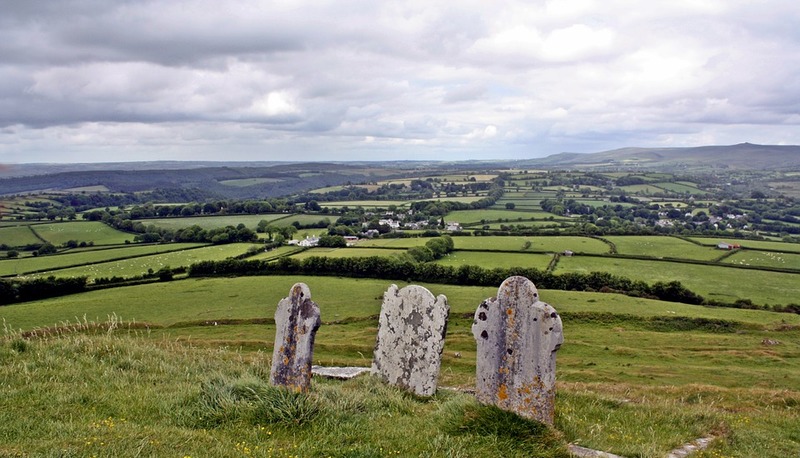Concetti Chiave
- The Celts were a group of related tribes known for their language, religion, and culture, emerging in the eighth century BC.
- They introduced the use of iron, were the first to shoe horses, and developed tools that are still used today.
- Celtic art was known for its unique and eclectic style, blending reality and fantasy, with significant cultural importance.
- Their realm covered vast areas of Europe, from the North Sea to the Mediterranean, but they never formed a stable state.
- Celtic languages and culture persisted in regions like Ireland, Scotland, Wales, and Brittany, despite Roman conquests elsewhere.
This description is about the Celts, their culture, their traditions and their colony.
They were a group of related tribes, linked by language, religion and culture which emerged in the eighth century BC. Their particularity is that they were energetic and most inventive, in fact they introduced the use of iron, were the first shoe horses and give shape to a lot of tools we use today.
Innovazioni e arte celtica
Celts measured time not in days but in nights and divided months into a bright half and a dark half; this singleness was also seen in their art, which has a great importance and they created an art style of uncanny beauty. An eclectic and ambivalent form of art which transcends the bounds between reality and fantasy.
Another bond in Celtic society was religion: each tribe had its local deities and cults, but they had much in common. Druids he made a lot of things: he exercised great political influence, conserved traditions, et cetera.
Celt’s realm stretched from the
Declino e sopravvivenza
Julius Caesar’s Gallic wars marked the beginning of the end for Celtic hegemony across the continent; Celtic languages survive in modern forms on some areas of Ireland, Scotland, Wales and Brittany because they were not occupied by the Romans.
The biggest non-event in Irish history is that the Romans never got there.  When the Vikings stormed ashore they built their own and lived apart and the Anglo-Normans came and built castles.
When the Vikings stormed ashore they built their own and lived apart and the Anglo-Normans came and built castles.
So there were two Irelands: Gaelic Ireland in the countryside and Anglo-Norman in the towns.
The old Celtic society persisted down to the 17th century, when Cromwell’s army conquered the island. Many facts happened: the potato famine of the 1840’s then halved
Domande da interrogazione
- ¿Cuál fue una de las principales contribuciones de los celtas a la tecnología?
- ¿Cómo medían el tiempo los celtas y qué influencia tuvo esto en su arte?
- ¿Qué impacto tuvo la conquista romana en la hegemonía celta y en sus lenguas?
Los celtas introdujeron el uso del hierro y fueron los primeros en herrar caballos, además de dar forma a muchas herramientas que usamos hoy en día.
Los celtas medían el tiempo en noches y dividían los meses en una mitad brillante y una mitad oscura, lo cual se reflejaba en su arte, que era ecléctico y ambivalente, trascendiendo los límites entre la realidad y la fantasía.
Las guerras galas de Julio César marcaron el inicio del fin de la hegemonía celta en el continente, pero las lenguas celtas sobrevivieron en formas modernas en algunas áreas de Irlanda, Escocia, Gales y Bretaña, ya que no fueron ocupadas por los romanos.







 Accedi a tutti gli appunti
Accedi a tutti gli appunti
 Tutor AI: studia meglio e in meno tempo
Tutor AI: studia meglio e in meno tempo